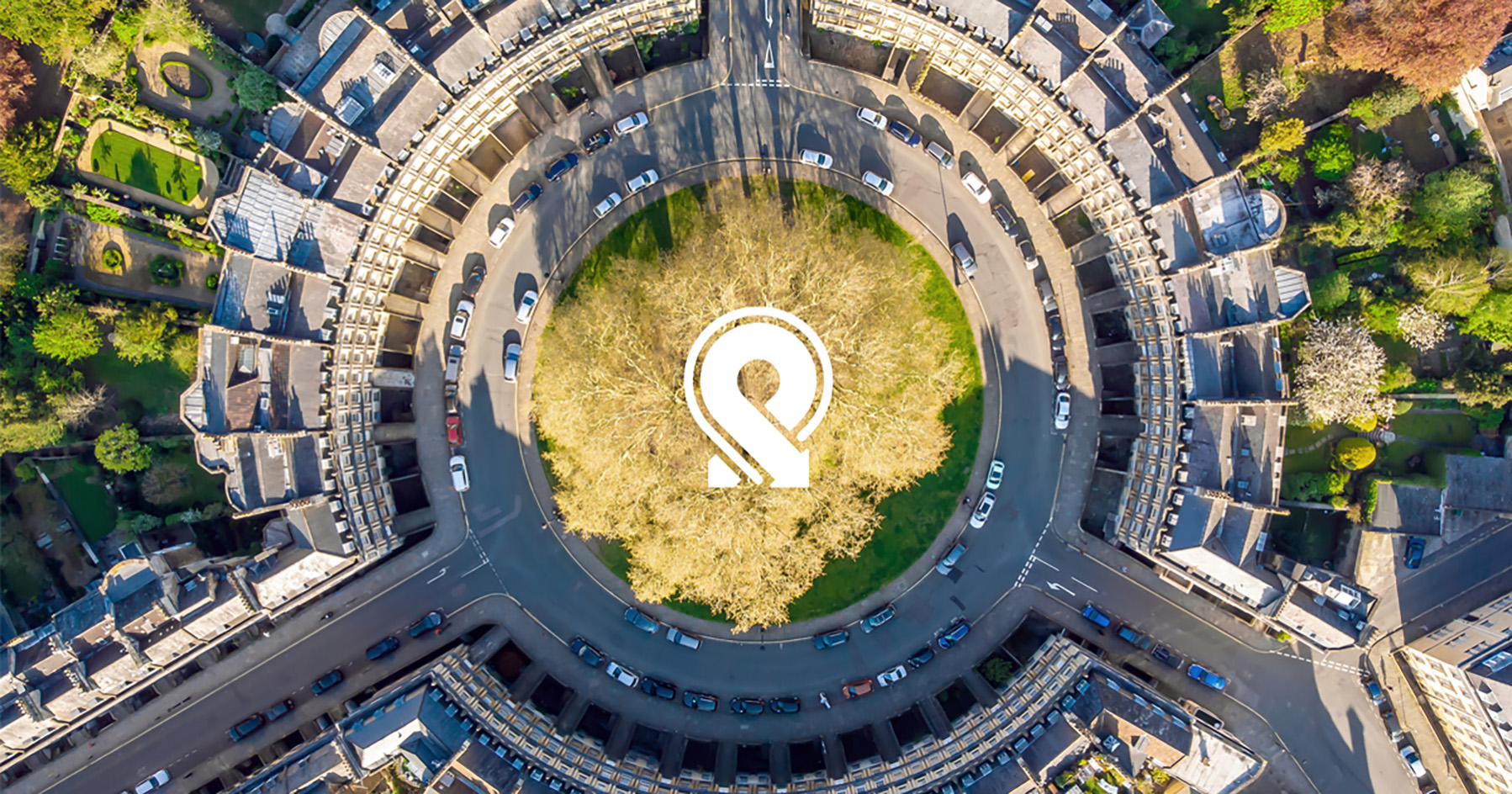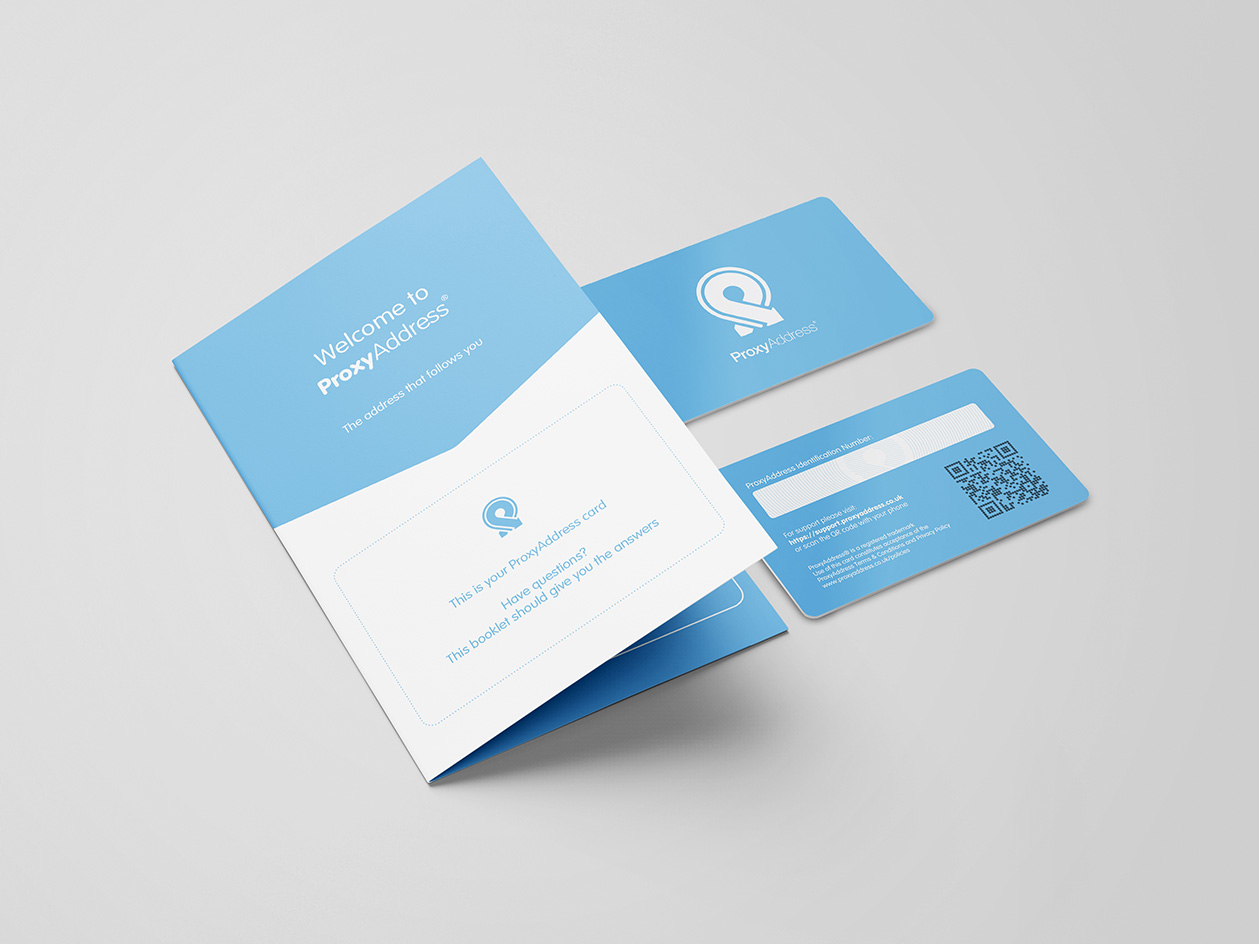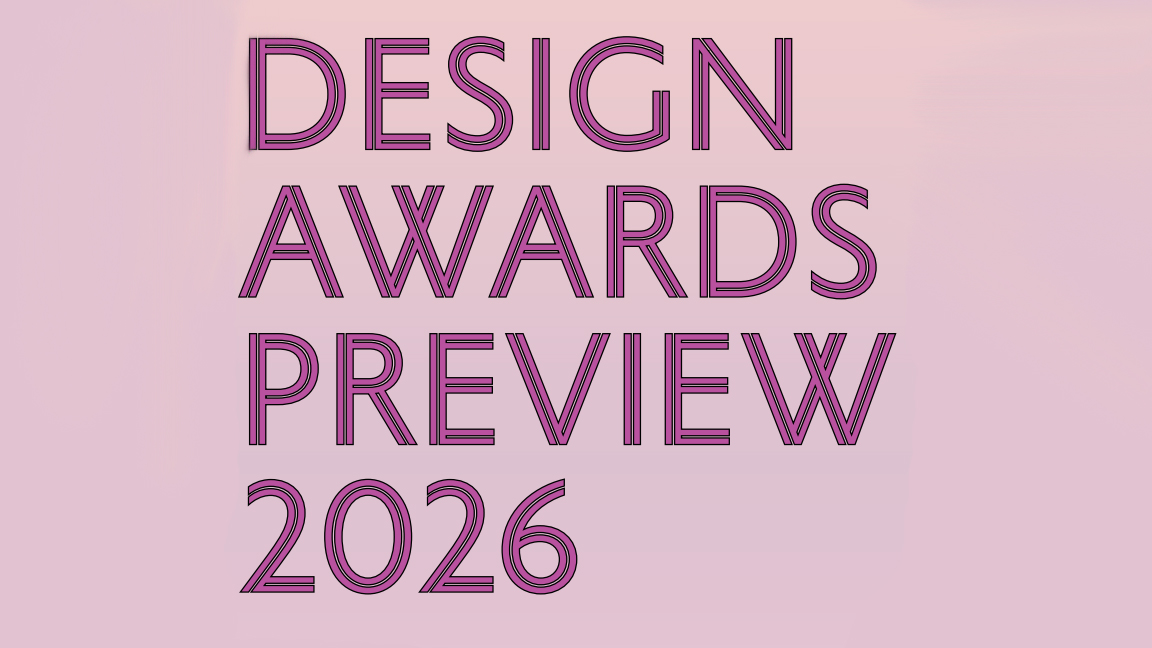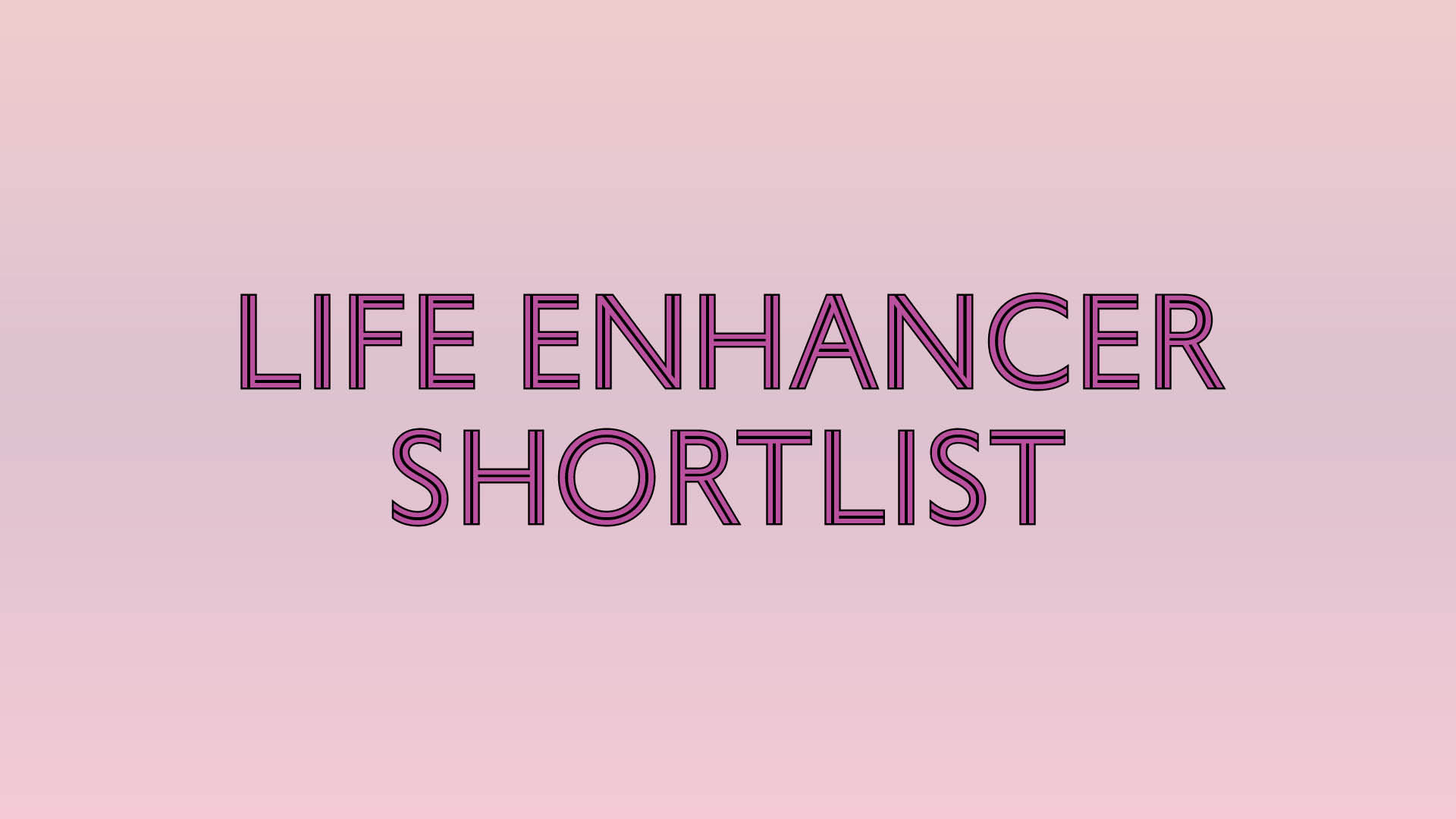Is ProxyAddress architecture’s answer to solving homelessness?
ProxyAddress founder Chris Hildrey talks to us about architecture changing the world, and his pioneering initiative to help solve homelessness

ProxyAddress was born out of one man's vision to solve homelessness. Fuelled by his passion for broadening the practice of architecture to help people who are experiencing homelessness, British architect Chris Hildrey devised a platform that provides stable addresses to those who need them. This offers them a valuable step towards accessing systems – such as creating bank accounts – which are often impossible without a fixed home location.
ProxyAddress, which kicked off as a residency research project at the Design Museum in London in 2017, has since won multiple awards and has been hailed as a pioneering way to support those in need.
Here, we catch up with Chris Hildrey about his vision, challenges, and ProxyAddress’ future.

Chris Hildrey
Founder Chris Hildrey on ProxyAddress
W*: What are the origins of ProxyAddress?
Chris Hildrey: In 2017, I was working at Niall McLaughlin's studio on their Natural History Museum project, and towards the end of it, it was winding down and I had an extra day so I applied to become a Designer In Residence at the Design Museum. The brief that year was ‘Support’. I was interested in the role of the architect in affecting positive change in the built environment. I was questioning some of the fundamental assumptions around architecture practice. I’ve also been really mindful of the effect of austerity. Architects are trained to change things but also on many fronts they are just sitting powerlessly by. I wanted to look at how to use my skills to try and intervene, and help improve the built environment.

W*: What led you to pick homelessness as your subject?
CH: It’s the most urgent of the needs. People are literally dying. And I was walking through the Design Museum and seeing all the amazing chairs and I thought – surely we have solved the chair problem. But at the same time, people suffer. There are these huge problems facing us that we are not engaged with. I went up and down the country and spoke to hundreds of people, people who are homeless, in temporary shelters, people who work with them, etc. And I discovered that all my preconceptions were wrong – the typical image you have of a homeless person is only a tiny fraction of the homeless population. The problem that unites them all is instability. Sometimes you have no anchor at all, and sometimes you have to keep moving very frequently and uproot your life all the time. Mental health or substance problems are a result of homelessness, not the reason.
Receive our daily digest of inspiration, escapism and design stories from around the world direct to your inbox.

W*: So, how does ProxyAddress work?
CH: ProxyAddress is a 'portal', a service. The addresses used are sourced in different ways. Local authorities have empty properties; also we work with housing associations. The properties don’t have to be empty, but sometimes they are. People also donate their address. So, we don’t work together with the homeless people, we work with the council, and provide a service to them. We also have partnerships with banks and other similar companies and organisations that recognise and help us set people up as they register. When someone uses a stable address, it removes the stigma of homelessness, when applying for a job for example.

W*: And does it work?
CH: We did a pilot in Lewisham, London, during the pandemic, which was a great stress test, and out of the 49 people taking part, 47 recovered from homelessness through using ProxyAddress.

W*: What is next for ProxyAddress?
CH: We go by ‘build slowly and fix stuff’ instead of ‘build fast and break stuff’. It is important that we comply with all sorts of fraud prevention aspects – anti-money mulling, anti-money laundering, anti-terrorism, etc – so we need to be careful when building [the project] and scaling up. But we want to expand it to different cities in the UK. In architecture we talk about community – one of the scary things is that homeless people lose their kin when they hit rock bottom, lose that community. ProxyAddress is not a physical thing, it’s a system, it is, for me, a broadening of the architecture practice.
Ellie Stathaki is the Architecture & Environment Director at Wallpaper*. She trained as an architect at the Aristotle University of Thessaloniki in Greece and studied architectural history at the Bartlett in London. Now an established journalist, she has been a member of the Wallpaper* team since 2006, visiting buildings across the globe and interviewing leading architects such as Tadao Ando and Rem Koolhaas. Ellie has also taken part in judging panels, moderated events, curated shows and contributed in books, such as The Contemporary House (Thames & Hudson, 2018), Glenn Sestig Architecture Diary (2020) and House London (2022).
-
 The Wallpaper* Design Awards are back in 2026 – see who's shortlisted
The Wallpaper* Design Awards are back in 2026 – see who's shortlistedOur annual design awards returns in January – here are the first shortlisted nominees
-
 RIBA House of the Year 2025 is a ‘rare mixture of sensitivity and boldness’
RIBA House of the Year 2025 is a ‘rare mixture of sensitivity and boldness’Topping the list of seven shortlisted homes, Izat Arundell’s Hebridean self-build – named Caochan na Creige – is announced as the RIBA House of the Year 2025
-
 Wallpaper* Design Awards 2026: Life-enhancer of the year shortlist
Wallpaper* Design Awards 2026: Life-enhancer of the year shortlistDiscover the shortlist for Life-Enhancer of the Year in the Wallpaper* Design Awards 2026, from an innovative night light to a blueprint for play
-
 RIBA House of the Year 2025 is a ‘rare mixture of sensitivity and boldness’
RIBA House of the Year 2025 is a ‘rare mixture of sensitivity and boldness’Topping the list of seven shortlisted homes, Izat Arundell’s Hebridean self-build – named Caochan na Creige – is announced as the RIBA House of the Year 2025
-
 In addition to brutalist buildings, Alison Smithson designed some of the most creative Christmas cards we've seen
In addition to brutalist buildings, Alison Smithson designed some of the most creative Christmas cards we've seenThe architect’s collection of season’s greetings is on show at the Roca London Gallery, just in time for the holidays
-
 In South Wales, a remote coastal farmhouse flaunts its modern revamp, primed for hosting
In South Wales, a remote coastal farmhouse flaunts its modern revamp, primed for hostingA farmhouse perched on the Gower Peninsula, Delfyd Farm reveals its ground-floor refresh by architecture studio Rural Office, which created a cosy home with breathtaking views
-
 A revived public space in Aberdeen is named Scotland’s building of the year
A revived public space in Aberdeen is named Scotland’s building of the yearAberdeen's Union Terrace Gardens by Stallan-Brand Architecture + Design and LDA Design wins the 2025 Andrew Doolan Best Building in Scotland Award
-
 A refreshed 1950s apartment in East London allows for moments of discovery
A refreshed 1950s apartment in East London allows for moments of discoveryWith this 1950s apartment redesign, London-based architects Studio Naama wanted to create a residence which reflects the fun and individual nature of the clients
-
 In this Cotswolds home, drama meets minimalism
In this Cotswolds home, drama meets minimalismCotswolds home Hiaven house, with interiors designed by McLaren Excell, is a perfect blend of contemporary chic and calm, countryside drama
-
 David Kohn’s first book, ‘Stages’, is unpredictable, experimental and informative
David Kohn’s first book, ‘Stages’, is unpredictable, experimental and informativeThe first book on David Kohn Architects focuses on the work of the award-winning London-based practice; ‘Stages’ is an innovative monograph in 12 parts
-
 Find solace in the forest at this expansive treehouse retreat in Dorset
Find solace in the forest at this expansive treehouse retreat in DorsetFor sale for the first time, a treehouse, Mallinson’s Woodland Retreat, is a tribute to the skill of designer and master craftsman Guy Mallinson